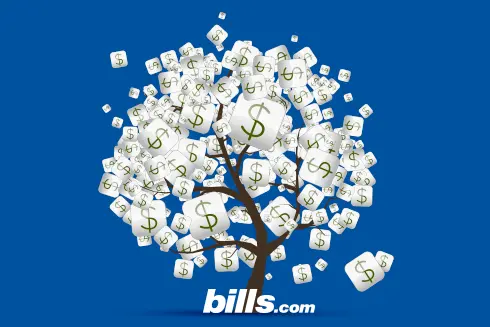
Get rid of your debt faster with debt relief
Choose your debt amount
Or speak to a debt consultant 844-731-0836
- Pay your balances to avoid stiff interest fees.
- Find a personal loan at a lower interest rate to cut your interest expense.
- Transfer your balance to an account with a lower interest rate.
- Start your FREE debt assessment
How to I cut the interest rate on my Target Visa card?
I have a Target Visa credit card and it seems impossible to lower the bill due to a monthly high interest rate of $43.58 cents. Is there anything I can do to lower this. I always pay on time but it doesn't even seem worth it.
The quickest and easiest way to have your interest rate lowered is to call the credit card issuer and indicate that the only way you will be able to afford continuing to pay is if the interest rate is lowered, and cross your fingers that it will cut the rate.
You do not mention any other credit card debt or home or car loans, so it is difficult to determine whether you have other options available to you. You also do not mention whether you have gone over your limit at any time or were ever late with a payment. This can affect your interest rate.
Credit Card Interest
A credit card issuer has the right to increase the interest rate under certain conditions, and in accordance with the Credit CARD Act of 2009.
Target Visa
The problem for someone in your situation is that the credit contract you signed with Target National Bank (formerly Retailers National Bank) allows the bank to increase your interest rate to the "default" rate if you ever charge over your credit limit or miss your payment due date. The fact that the credit contract allows for these huge increases in interest rates, and the fact that the credit card banks make huge profits by taking advantage of the financial misfortune of consumers like you, means that Target will almost certainly not voluntarily lower your interest rate. The definitive way to prevent Target from continuing to charge interest is to find a way to pay off the balance of your account.
Credit Card Debt Relief
If you cannot afford to pay off the balance of the debt, you may want to consider transferring the balance on this high-interest credit card to lower interest cards. See an article by Bills.com on consolidating credit cards. Many credit card companies offer a 0% interest rate on balance transfers, so a balance transfer may help you significantly lower the effective interest rate on your debt. You should also look into taking out a personal bank loan to pay off this Target account; the amount of the personal loan you can obtain and the interest rate you will be charged will largely depend on your credit rating.
You may want to consider other options available to consumers struggling with debt, such as debt negotiation services, credit counseling, and possibly even bankruptcy. For more information about the various debt relief options, I encourage you to visit the Bills.com Debt Help page. If you submit your contact information in the Bills.com Savings Center a pre-screened debt relief professional may contact you to discuss your options.
Recommendation
See the Bills.com Bills Consolidation page and review the information provided to help with your overall financial situation.
I know how unfair it seems that credit card banks can increase your interest rate by such a large amount, however, they are allowed to make these changes under that credit contract, and they will almost always take advantage of this ability to increase their profit margins.
I hope this information helps you Find. Learn & Save.
Best,
Bill

Get rid of your debt faster with debt relief
Take the first step towards a debt-free life with personalized debt reduction strategies.
Choose your debt amount
Or speak to a debt consultant 844-731-0836
Struggling with debt?
If you are struggling with debt, you are not alone. According to the NY Federal Reserve total household debt as of Quarter Q1 2024 was $17.69 trillion. Student loan debt was $1.60 trillion and credit card debt was $1.12 trillion.
A significant percentage of people in the US are struggling with monthly payments and about 26% of households in the United States have debt in collections. According to data gathered by Urban.org from a sample of credit reports, the median debt in collections is $1,739. Credit card debt is prevalent and 3% have delinquent or derogatory card debt. The median debt in collections is $422.
The amount of debt and debt in collections vary by state. For example, in District of Columbia, 22% have any kind of debt in collections and the median debt in collections is $1672. Medical debt is common and 6% have that in collections. The median medical debt in collections is $599.
To maintain an excellent credit score it is vital to make timely payments. However, there are many circumstances that lead to late payments or debt in collections. The good news is that there are a lot of ways to deal with debt including debt consolidation and debt relief solutions.